Kitchen Cabinetry That Sells: What Today’s Buyers Are Really Looking For

Kitchen cabinetry is one of the most powerful elements in home design—and one of the smartest investments you can make when preparing to sell. It’s the heart of the home, the space buyers scrutinize most carefully, and often the deciding factor between “maybe” and “yes!”
The key to creating broad appeal is understanding what the majority of buyers truly want. Not the trends that will fade with next season’s catalog, but the elements that consistently stand the test of time. Kitchen cabinetry plays a central role in this equation. It defines the kitchen’s function, shapes its style, and influences how buyers feel when they walk into the space.
Four essentials consistently shape buyer appeal: quality, symmetry, color, and layout. These are the cornerstones of kitchen cabinetry that doesn’t just look good—it sells. Get them right, and you’re not simply renovating a kitchen; you’re embedding long-term value into the very framework of your home.

Kitchen Cabinetry’s Four Buyer Essentials
1. Quality Over Quantity
When it comes to kitchen cabinetry, quality trumps quantity every time. While it may be tempting to fill every inch of wall space with storage, prospective buyers aren’t counting doors. They’re noticing how they open and close, how the finish feels to the touch, and how seamlessly everything fits together.
✔ Invest in:
- Durable materials and construction methods.
- Soft-close hinges and drawer glides.
- Well-fitted, custom kitchen cabinetry that feels built-in, not bolted on.
✘ Skip:
- Over-reliance on fillers, spacers, or awkward modular configurations.
- Cheap kitchen cabinetry with visible seams, misaligned doors, or a flimsy feel.
In the eyes of a buyer, quality kitchen cabinetry communicates that the entire home has been cared for. It builds trust—an often intangible, yet crucial, component of a successful sale.
And while pull-out spice racks and built-in utensil trays are convenient, they’re not always cost-effective when resale is your goal. These specialized accessories can inflate your budget without adding meaningful return. Instead, focus on structural quality and cohesive design that delivers maximum impact.

2. Symmetrical Kitchen Cabinetry
Humans are wired to find comfort in symmetry. We may not always realize it, but we instinctively favor environments that feel balanced and orderly. That’s why symmetrical kitchen cabinetry creates an almost instant sense of calm and polish.
✔ Aim for:
- Uniform cabinet widths and heights where possible.
- Consistent drawer sizes and equal spacing across the kitchen.
- Repetition in shape and layout that leads the eye smoothly from one element to the next.
✘ Avoid:
- Jumbled sizing or random door and drawer placements.
A visual “mismatch” that distracts or feels unintentional.
Symmetry doesn’t mean your kitchen has to be rigid or boring—far from it. It simply means that your design flows with quiet confidence. It’s what makes a space feel finished, considered, and beautiful without trying too hard. When buyers walk through a kitchen that feels composed, they associate it with higher value and thoughtful craftsmanship.
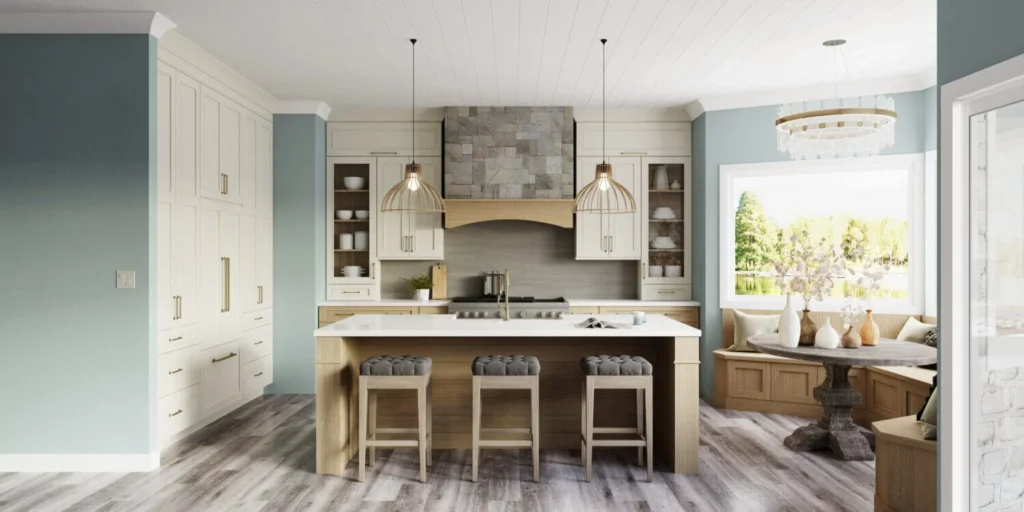
3. Light, Neutral Color Palette
Color plays a powerful role in shaping a buyer’s first impression. Kitchens that feel light, bright, and neutral tend to photograph better, appear more spacious, and appeal to a broader audience.
✔ Choose:
- White or soft-toned kitchen cabinetry that reflects light.
- Subtle contrast in countertops—think charcoal, stone, or warm wood.
- A neutral backsplash with texture for visual interest without overpowering color.
✘ Avoid:
- Deep or moody cabinet tones that close in the space.
- Strong color statements that reflect personal taste but not mass appeal.
White remains a timeless choice for good reason. It suggests cleanliness, expands visual space, and lets buyers mentally overlay their own style onto the room. It doesn’t compete—it invites. And when paired with layers of texture, light variation, and purposeful contrast, a neutral kitchen can still be anything but bland.
Remember: color is easy to personalize with accessories, lighting, and hardware. But kitchen cabinetry is a far more permanent decision. Keep the palette approachable, and you’ll keep more buyers engaged.
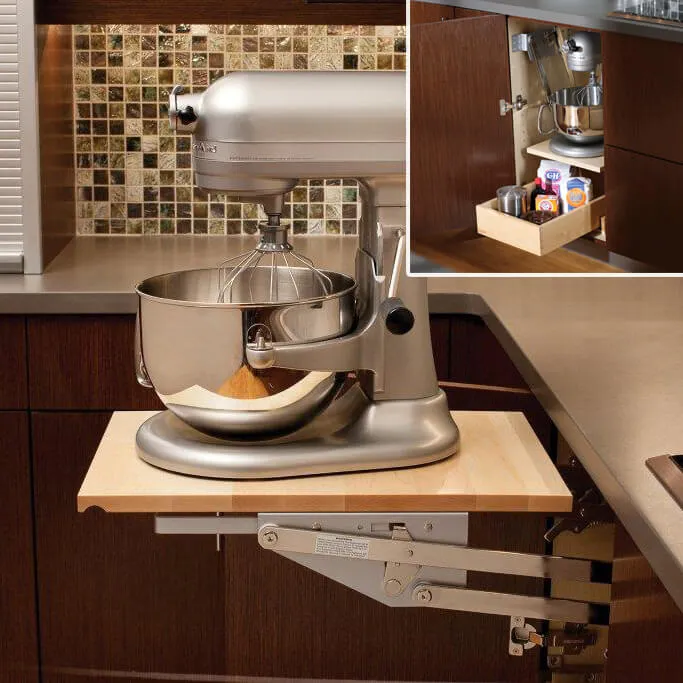
4. Functional Layout
Kitchen cabinetry isn’t just about appearance—it’s about flow. How people move through the kitchen, interact with appliances, access storage, and gather with others all hinges on the layout. And nothing frustrates a buyer faster than a kitchen that feels cramped or confusing.
✔ Prioritize:
Today’s buyers expect kitchens to do more than cook. They want a hub—a flexible space where they can prep meals, host friends, help with homework, and have spontaneous conversations. An open layout meets these needs and adds a sense of luxury, even without expanding square footage.
- An open concept that integrates the kitchen with adjacent spaces.
- A central island (where space permits) that adds utility and social value.
- Strategic placement of key appliances within a classic work triangle (sink, stove, refrigerator).
✘ Avoid:
- Narrow walkways or disjointed zones that isolate tasks.
- Kitchen cabinetry that interrupt the flow or create visual clutter.
A well-planned cabinet layout enhances all of this. It anchors the room while still allowing for movement, light, and life to fill the space.

More Than Just Kitchen Cabinetry—A Strategy for Resale
When selling a home, your kitchen isn’t just another room. It’s a showcase, and your kitchen cabinetry is the foundation. Rather than chasing fleeting trends or gimmicks, focus on building a kitchen that communicates quality, balance, and ease. Buyers may not know exactly why they’re drawn to it, but they’ll feel it. Remember:
- Quality kitchen cabinetry says the home has been cared for.
- Symmetry adds visual peace.
- Light tones welcome the eye and stretch the space.
- A smart layout anticipates the needs of modern life.
Get these four elements right, and you position your home as move-in ready, beautifully designed, and built to last. That’s the kind of kitchen that gets buyers to linger—and the kind that helps homes sell faster and for more.
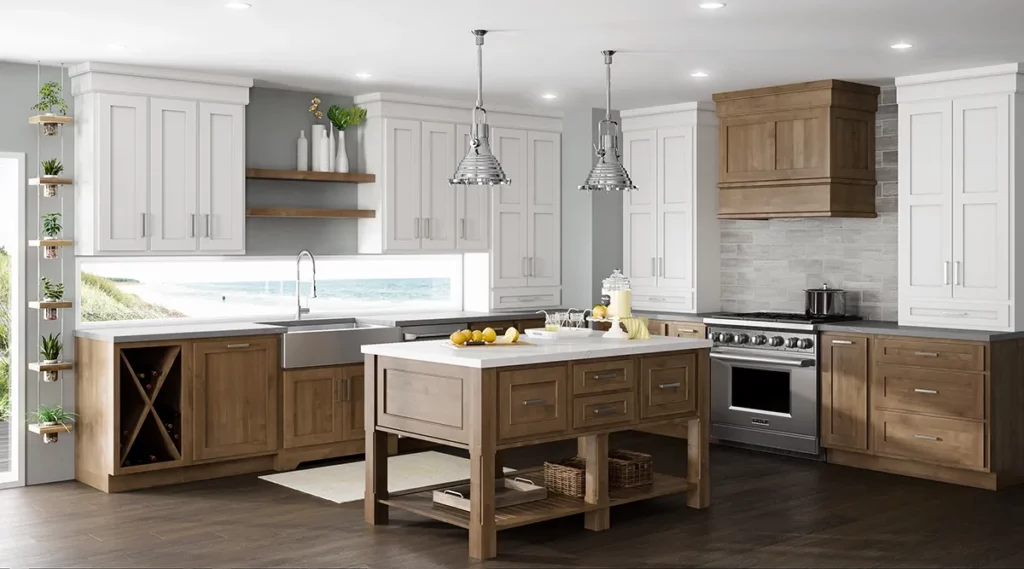
Kitchen Cabinetry at Laslo Custom Kitchens
At Laslo Custom Kitchens, kitchen cabinetry is more than storage—it’s a statement of craftsmanship and lasting value. With decades of experience, the Laslo team designs and builds cabinetry that not only enhances daily living but also helps homes stand out in the market. Our attention to detail, timeless layouts, and custom finishes consistently turn kitchens into strong selling features. Schedule a consultation today to get started!
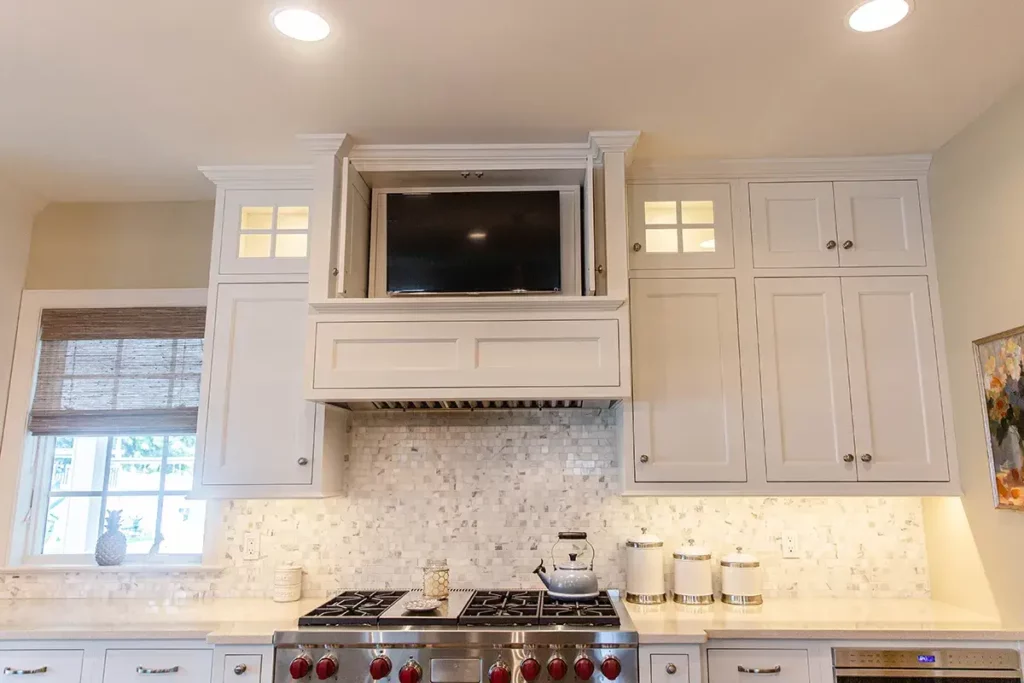
Conclusion
Kitchen cabinetry plays a pivotal role in shaping buyer perception. When designed with quality, balance, and function in mind, the kitchen becomes a persuasive selling point. Focus on clean layouts, neutral tones, and thoughtful details. The right kitchen cabinetry doesn’t just enhance the room—it helps sell the entire home.
Further Reading
- “Our Best Kitchen and Bathroom Remodeling Ideas”
- “The Top 5 Traits of a Comfortable Kitchen”
- “How to Prepare for a Kitchen Remodel”
FAQ: Kitchen Cabinetry that Sells
1. How much value does new kitchen cabinetry add to a home?
New kitchen cabinetry can significantly increase perceived home value. Buyers notice quality cabinetry, and well-executed updates often yield a strong return on investment—sometimes up to 100%, depending on materials, layout, and market demand.
2. Should I replace or reface my kitchen cabinets before selling?
If the cabinet structure is solid, refacing may be enough. But for outdated or damaged kitchen cabinetry, full replacement creates a stronger impression and may justify a higher asking price when selling.
3. What cabinet styles are most appealing to homebuyers?
Shaker-style cabinets and clean, timeless designs in neutral tones are the most appealing. They feel current without being trendy and allow buyers to envision their own style in the space.
4. Is painting existing cabinets a worthwhile investment?
Yes, painting cabinets is a low-cost, high-impact way to refresh the kitchen. Stick with whites, grays, or soft neutrals to make the space feel bigger and more inviting to buyers.
5. How important is kitchen cabinetry in the home selling process?
Kitchen cabinetry is a focal point. It influences a buyer’s first impression and signals how well the home is maintained. Well-designed, high-quality cabinets can be a deciding factor in a sale.
